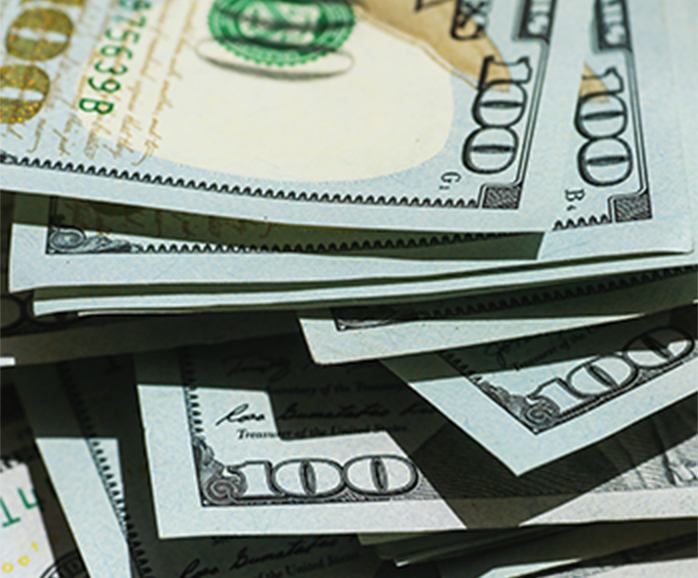By - July 24, 2020
Categories: Cash Flow, Financial Reports, Financial Statements, General, Report
Let’s take a look at three financial reports, balance sheet, income statement, statement of cash flows. You should read/review each of these monthly. Looking at the numbers from these three reports is a clear picture of your shop’s financial health. This is a road map to planning your future.
Let’s begin with the balance sheet.
A balance sheet is a snapshot of your shop’s financial condition at a moment in time. In the this article, we’re going to use a month as the bookkeeping period.
Assets and liabilities are short- and long-term obligations. These include cash accounts such as checking, money market, or government securities. An asset is anything the business owns that has monetary value. Liabilities are the claims of creditors against the assets of the business.
Now that we know what a balance sheet is, let’s take a look at how you use a balance sheet.
A balance sheet helps a shop owner get a handle on the financial strength of the business. Is the business in a position to expand? Can your shop handle the normal financial ebbs and flows of income and expenses? Should the repair shop take immediate steps to increase cash reserves?
Now let’s shift our focus onto the second type of report, the income statement.
Income statements show how much profit a business generated during a specific time slice (in this discussion, one month). This include the amount of expenses incurred while earning revenue. Income statements are also know as profit and loss statement (P & L). This is a statement of operations, statement of earnings, or statement of income.
Keep in mind the income statement shows revenues, expenses, gains, and losses. It does not show cash receipts (money you receive) nor cash disbursements (money you pay out). The income statement shows how profitable your repair shop was during the previous month.
This part of your financial road map is important because it is a clear snapshot of how healthy your shop is. Another use of income statements is they are critical to obtaining credit should the need arise.
Balance sheets, along with income statements, are the most basic elements in providing financial reporting. Provide these to potential lenders such as banks, investors, and vendors who are considering how much credit to grant the firm.
Ready for the third piece of your monthly financial tripod? Let’s move forward to the statement of cash flows.
The statement of cash flows also known as the cash flow statement, reports the cash generated and used during the time interval specified; monthly for this conversation. Generally, the period of time is the same as the income statement.
The statement of cash flows reports a businesses major cash flows in the following categories:
- Operating Activities – Converts the items reported on the income statement from the accrual basis of accounting to cash.
- Investing Activities – Reports the buy and sale of long-term investments and property, plant, and equipment
- Financing Activities – Reports the borrowings and repayment of short-term and long-term bank loans and other debt.
- Supplemental Information – Reports the exchange of significant items that did not involve cash and reports the amount of income taxes paid and interest paid.
Now that you have an overview of income statements, balance sheets, and statement of cash flows, consider your next action. Having a conversation with your bookkeeper so she can teach you how each of these reports apply to your specific situation. Her explaining how these reports crafted to your business shines a light on how to understand what all the numbers mean.
By reading and reviewing these reports on a monthly basis, you will keep your finger on the financial pulse of your business. Know exactly what moves you can make that will protect and move your repair shop forward. Like a road map or GPS that guides you to your destination, these reports are the coordinates you plug into your financial GPS to keep you on course to a solid financial future.

